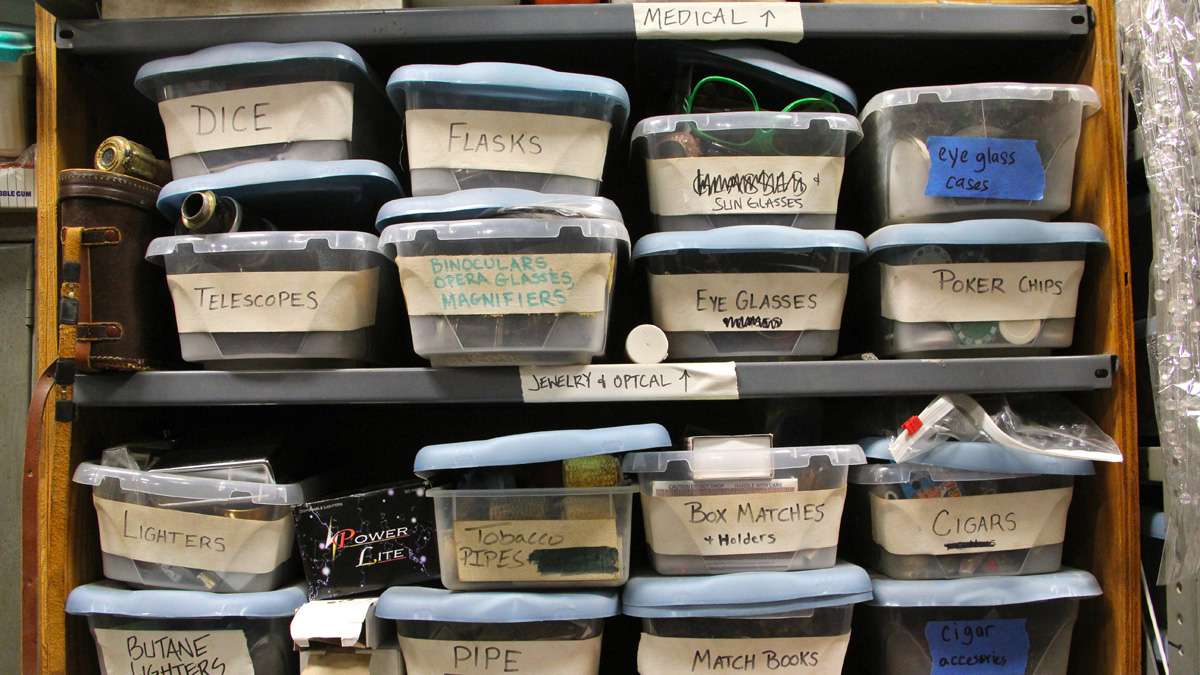Study of Philly grocery tests assumptions about complex U.S. obesity problem
Listen-

-

-

-

A sign outside the Trolley Car Diner in Mt. Airy. (Bas Slabbers/for NewsWorks)
-

Local IBEW 98 pickets near the Trolley Car Diner. (Bas Slabbers/for NewsWorks, file)
-

-

-

-

-

-

-

-

-

-

If you build it, will they come?
That question has plagued public health advocates working to address poor nutrition and rising obesity rates in neighborhoods that lack a full-service grocery store.
But a new study, led by Penn State sociologist Stephen Matthews and colleagues at the London School of Hygiene and Tropical Medicine, cautions against turning to stores alone to solve the problem.
In his study, Matthews surveyed several hundred Philadelphia residents before and after the 2009 launch of the Fresh Grocer on North Broad Street, brought about thanks to the Pennsylvania Fresh Food Financing initiative.
He and colleagues compared food-consumption patterns of residents in the surrounding neighborhood with that of another low-income Philadelphia neighborhood without a new store. They found that six to nine months after the store opened, about one-third of those living around Fresh Grocer turned to it regularly. Consumption of fresh produce, meanwhile, did not differ compared with the neighborhood without a store, nor did people’s reported body mass index [BMI].
Matthews cautioned that the study was small, surveying only a few hundred residents over the phone. Still, he said, it points to how complex the nation’s obesity epidemic is — and to how grocery stores aren’t the sole answer.
“There are so many other things that need to follow from this, if we want to change behavior and perceptions of what is and isn’t unhealthy food,” he said.
Allison Karpyn, director of research and evaluation at The Food Trust in Philadelphia, had a “multifaceted” reaction to the study.
“I think of the Progress Plaza store and how much it has done for the community,” said Karpyn, who wasn’t involved in the study. The Food Trust, however, was indirectly involved with the plaza and Fresh Grocer initiative.
No matter how many other interventions are tried — teaching nutrition classes, for example — a grocery store is an important, necessary foundation, she said.
“If you can’t go down the street and buy healthy food, it seems like we’re missing something in this equation,” she said. “And supermarkets really do provide a way for people to get healthy food at reasonable prices for their family.”
Understanding the full impact of a grocery store on a community’s health takes time, Karpyn said. One glimmer of hope, she said, is that the study found notable improvements in residents’ perceptions of the availability and quality of food in their neighborhood.
To Matthews, the study is less about Fresh Grocer and more about the implications for food policymakers nationwide who may be increasingly putting an emphasis on building grocery stores. More research is needed to better understand buying and eating patterns and what it takes to create lasting changes, Matthews said.
WHYY is your source for fact-based, in-depth journalism and information. As a nonprofit organization, we rely on financial support from readers like you. Please give today.

